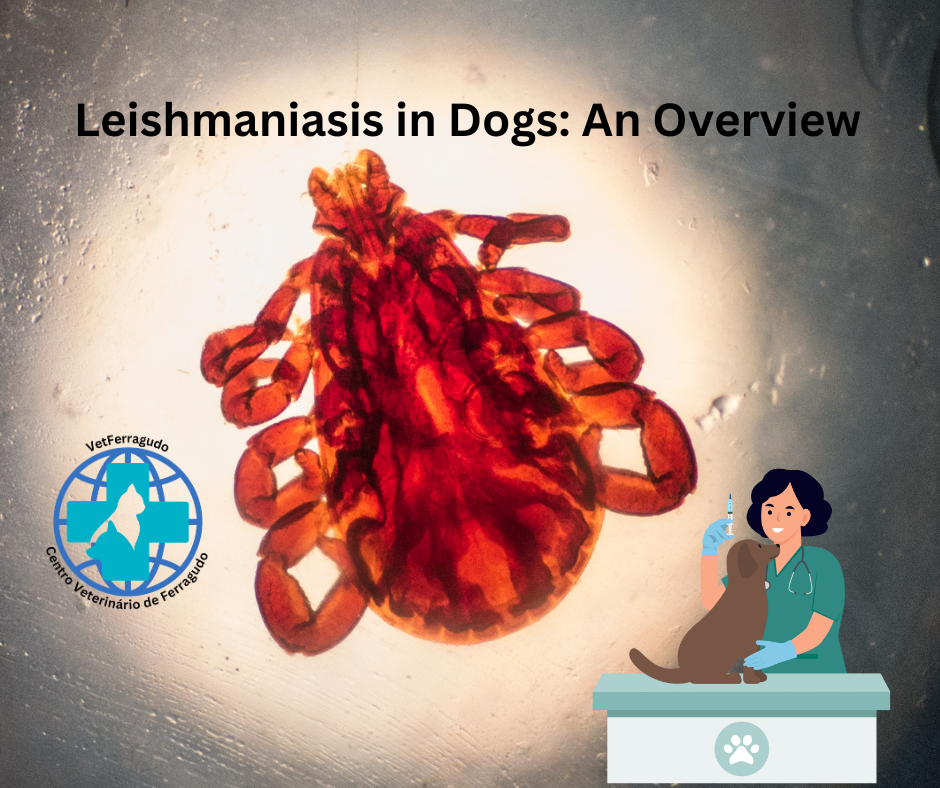Leishmaniasis is a serious disease caused by protozoan parasites of the genus Leishmania, which can affect various mammals, including dogs.
This condition is particularly prevalent in areas where sand flies, the vectors of the disease, are common. Canine leishmaniasis is not only a health concern for dogs, but it can also pose risks to human health, making awareness and prevention crucial.
In dogs, leishmaniasis primarily manifests in two forms:
- Cutaneous Leishmaniasis: This form is characterized by skin lesions, which may appear as sores, ulcers, or nodules. These lesions can be itchy and may become infected, leading to secondary complications. While cutaneous leishmaniasis can be distressing for the dog, it is generally less severe than the visceral form.
- Visceral Leishmaniasis: This more severe form affects internal organs such as the spleen, liver, and bone marrow. Symptoms include weight loss, lethargy, fever, and swelling of the lymph nodes. Visceral leishmaniasis can be life-threatening if not treated promptly, leading to serious complications such as organ failure.
Transmission and Life Cycle
Dogs typically become infected through the bite of an infected female sand fly. The Leishmania parasites enter the dog’s bloodstream and invade macrophages, where they multiply. Infected dogs can serve as reservoirs for the disease, perpetuating the cycle of transmission when sand flies feed on them.
Symptoms
Symptoms of leishmaniasis in dogs can vary widely, and some infected dogs may remain asymptomatic for extended periods. Common signs include:
- Skin lesions or ulcerations
- Weight loss and muscle wasting
- Lethargy and weakness
- Swollen lymph nodes
- Changes in appetite
- Fever
Diagnosis
Diagnosing leishmaniasis in dogs involves a combination of clinical evaluation and laboratory tests. Veterinarians may conduct blood tests, skin biopsies, or serological tests to detect the presence of antibodies against Leishmania parasites. Early diagnosis is crucial for effective treatment.
Treatment
Treatment options for canine leishmaniasis depend on the severity of the disease. While there is no definitive cure, several medications can help manage the symptoms and reduce the parasite load. Common treatments include:
- Antimonial drugs: Such as meglumine antimoniate.
- Allopurinol: Often used in conjunction with other medications.
- Amphotericin B: In severe cases.
Regular veterinary check-ups are essential to monitor the dog’s health and adjust treatment as necessary.
Prevention
Preventing leishmaniasis in dogs primarily involves reducing exposure to sand flies. Effective strategies include:
- Insect repellents: Applying veterinary-approved repellents to dogs.
- Protective clothing: Using doggy jackets or nets to shield pets from sand fly bites.
- Environmental management: Reducing standing water and vegetation where sand flies may breed.
- Vaccination: In some regions, vaccines are available to help protect dogs from leishmaniasis.
Conclusion
Leishmaniasis poses significant health risks to dogs and can have serious implications for human health as well. Awareness of the disease, its symptoms, and preventive measures is vital for dog owners, especially in endemic regions.
